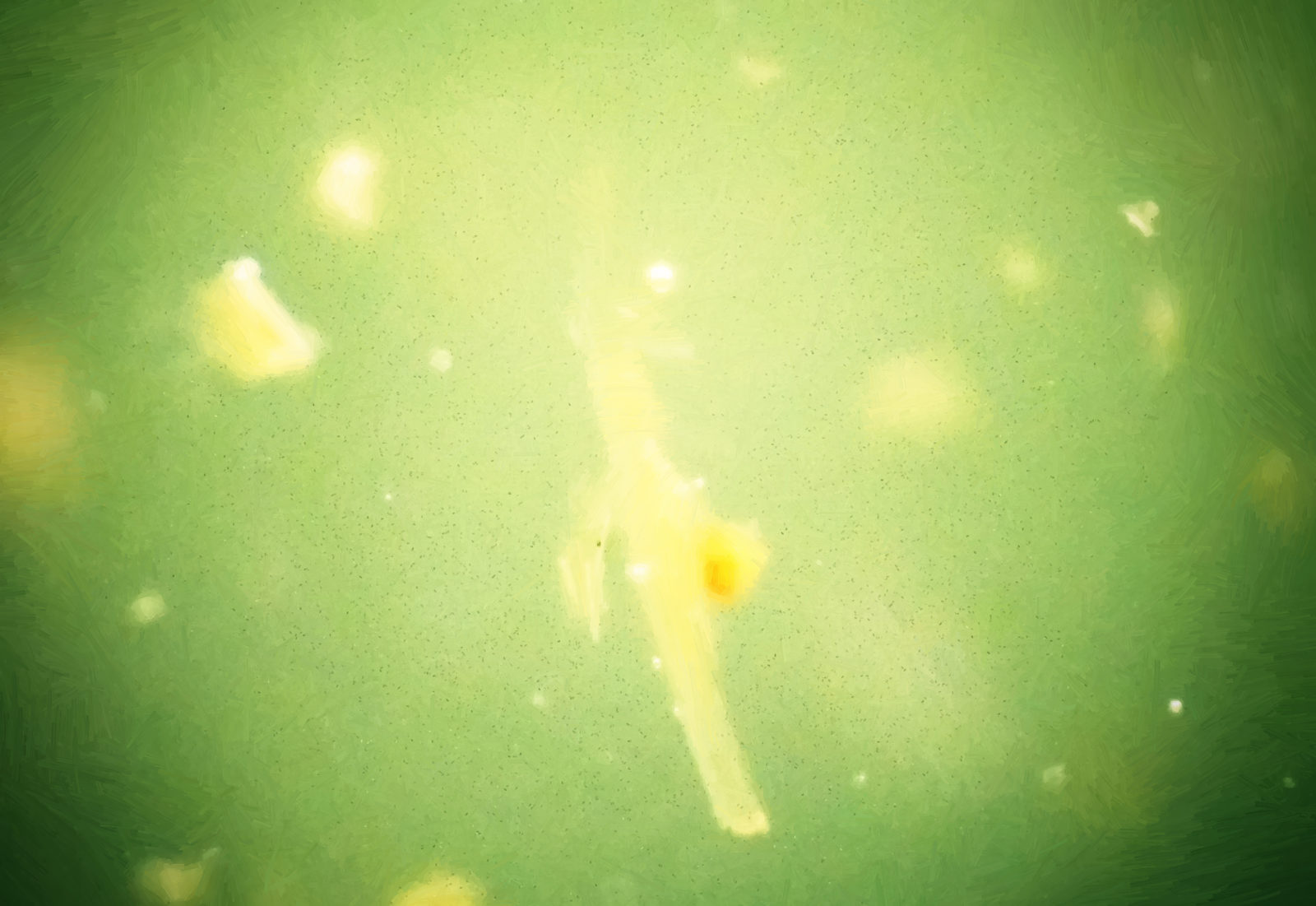Evidence of Intelligent Design in the Origin of Life
Published in The Mystery of Life’s Origin: The Continuing Controversy, from Discovery Institute Press.Theories about the origin of life necessarily presuppose knowledge of the attributes of living cells. As historian of biology Harmke Kamminga has observed, “At the heart of the problem of the origin of life lies a fundamental question: What is it exactly that we are trying to explain the origin of?” Or as the pioneering chemical evolutionary theorist Alexander Oparin put it, “The problem of the nature of life and the problem of its origin have become inseparable.” Origin-of-life researchers want to explain the origin of the first and presumably simplest — or, at least, minimally complex — living cell. As a result, developments in fields that explicate the nature of unicellular life have historically defined the questions that origin-of-life scenarios must answer.
What We Mean by “Information”
Since the late 1950s and 1960s, origin-of-life researchers have increasingly recognized the complex and specific nature of unicellular life and the biomacromolecules on which such systems depend. Further, molecular biologists and origin-of-life researchers have characterized this complexity and specificity in informational terms. Molecular biologists routinely refer to DNA, RNA, and proteins as carriers or repositories of “information.” Many origin-of-life researchers now regard the origin of the information in these biomacromolecules as the central question facing their research. As Bernd-Olaf Kuppers has stated, “The problem of the origin of life is clearly basically equivalent to the problem of the origin of biological information.”
This chapter will evaluate competing explanations for the origin of the information necessary to build the first living cell. To do so will require determining what biologists have meant by the term information as it has been applied to biomacromolecules. As many have noted, “information” can denote several theoretically distinct concepts. This chapter will attempt to eliminate this ambiguity and to determine precisely what type of information origin-of-life researchers must explain “the origin of.” What follows will first seek to characterize the information in DNA, RNA, and proteins as a fact in need of explanation; and, second, to evaluate the efficacy of competing classes of explanation for the origin of biological information.
Competing Explanations
Part I will seek to show that molecular biologists have used the term “information” consistently to refer to the joint properties of complexity and functional specificity or specification. Biological usage of the term will be contrasted with its classical information-theoretic usage to show that “biological information” entails a richer sense of information than the classical mathematical theory of Shannon and Wiener. Part I will also argue against attempts to treat biological “information” as a metaphor lacking empirical content and/or ontological status. It will show that the term biological information refers to two real features of living systems, complexity and specificity, features that jointly do require explanation.
Part II will evaluate competing types of explanation for the origin of the specified biological information necessary to produce the first living system. From the 1920s to the mid 1960s, origin-of-life researchers relied heavily on theories emphasizing the creative role of random events — “chance” — often in tandem with some form of prebiotic natural selection. Since the late 1960s, theorists have instead emphasized deterministic self-organizational laws or properties — that is, physical-chemical “necessity.” Part II will show the causal inadequacy of explanations involving “chance,” “necessity,” and the combination of the two.
Continue Reading at The Mystery of Life’s Origin: The Continuing Controversy, from Discovery Institute Press.